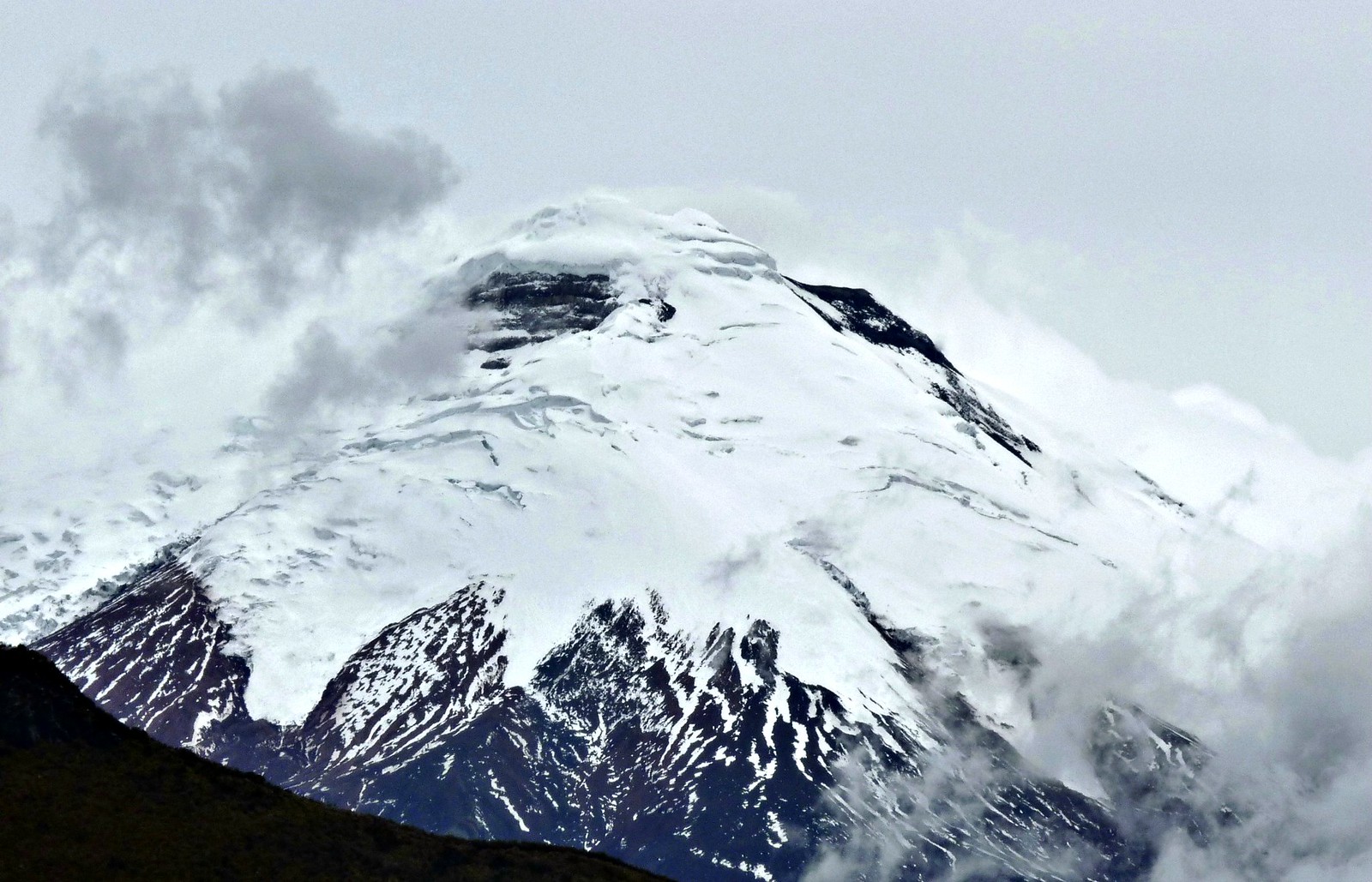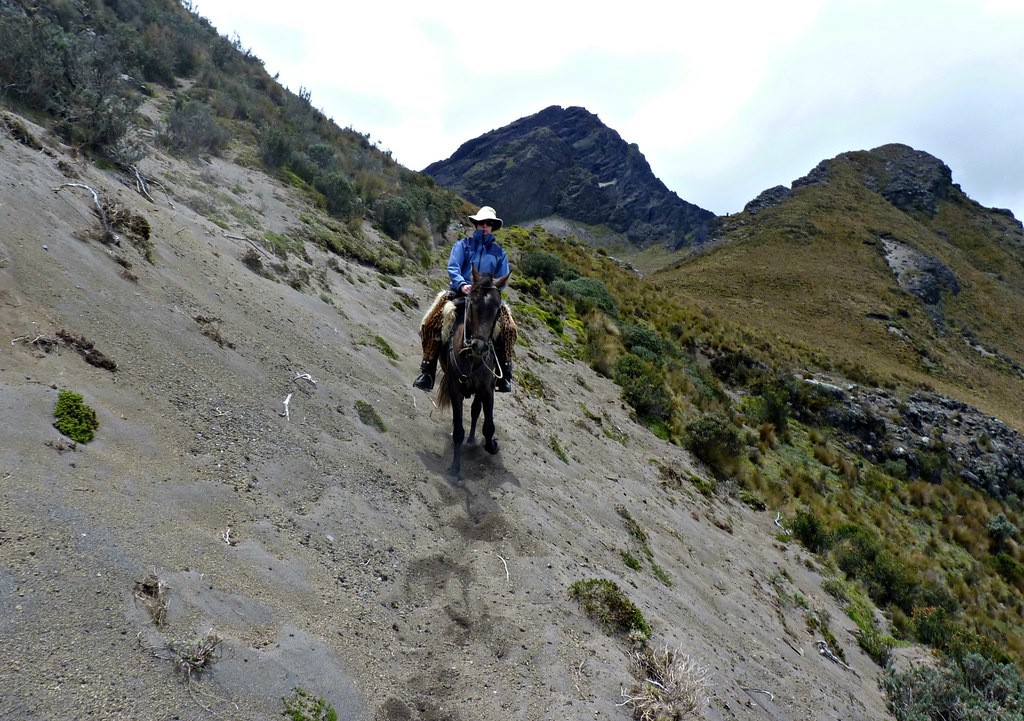Cuban revolutionary Ernesto “Che” Guevara, legend and icon, was a…

That Time I Rode a Horse to the Top of a Volcano in Ecuador
Oh, to be a chagras – riding the range as a cowboy in the highlands of Ecuador.
So named by the Spanish conquistadors, the chagras were respected for their excellent horsemanship and bravery. In the past, they would travel to the large Spanish-held ranches in the Andes to work the cattle, and to round up the bulls. It’s a profession that runs in the family, but, like many traditions, it’s fading with time.
On a visit to Ecuador, I had the chance to test my inner chagras by riding to the top of a volcano, high in the mountains.

Hacienda Santa Ana

My ride started Hacienda Santa Ana in the Valley of Cotopaxi between the Pasochoa, Ruminahui and Sincholagua Mountains. You may have heard of Cotopaxi — it’s the largest active volcano in Ecuador, last erupting from August 2015 to January 2016.
Not far from Quito, the hacienda dates back to the seventeenth century. It’s thick stone walls and massive fireplaces provide plenty of atmosphere.
The Volcano

OK, so I didn’t ride to the top of an active volcano, but, rather, to the top of the one right beside it. Rumiñahui is a dormant volcano 4,721 metres above sea level.
The Horse and the Fashion
The Andean horses are a wonder. They tend to be short (about 14 hands high), stocky, and with thick fur to keep them warm at high elevations. They’re known for their endurance and resistance to extreme temperatures. At this altitude, and location very near to the equator, we encountered an interesting mix of high winds, cold and sun scorching weather.
It’s not always easy to dress for this kind of weather, but the chagras were quite the fashion plates. As you can see, it’s a good look for my chagras guide. On me, it screams tourist dork. But, once we reached high elevation, I was pretty happy to have those sassy leopard print chaps, even though they didn’t quite reach my ankles.

The Ride

The ride began in a pretty tame fashion heading down a dirt road and then up into the sierra grasses, known as the paramo.

It got more dramatic once Cotopaxi came into view. At this point, there were howling winds and dropping temperatures, and the ascent became steeper. The Andean horse takes it all in stride.
My guide was also very careful to check with me periodically to see how I was handling the altitude. I did have a slight headache (and later, a reduced appetite), but no ill effects otherwise.

At the top, we “parked” our trusty steeds and walked the last 100 metres to the peak. That was when I really felt the altitude, with leaden feet and a lack of breath. It takes some strength to ride steep inclines, but the horse does all the cardio. Once it was my turn, I really noticed the thin air.

A Chagras, at last

Afterwards, as I relaxed by the fire at the hacienda, I was content with the thought that while I may look a little dorky on the outside, I’d made it to the summit. There’s an chagras inside me ready to take on a challenge.

You may also like:
Insider Tips to See the Lipizzaner Stallions at the Spanish Riding School in Vienna




